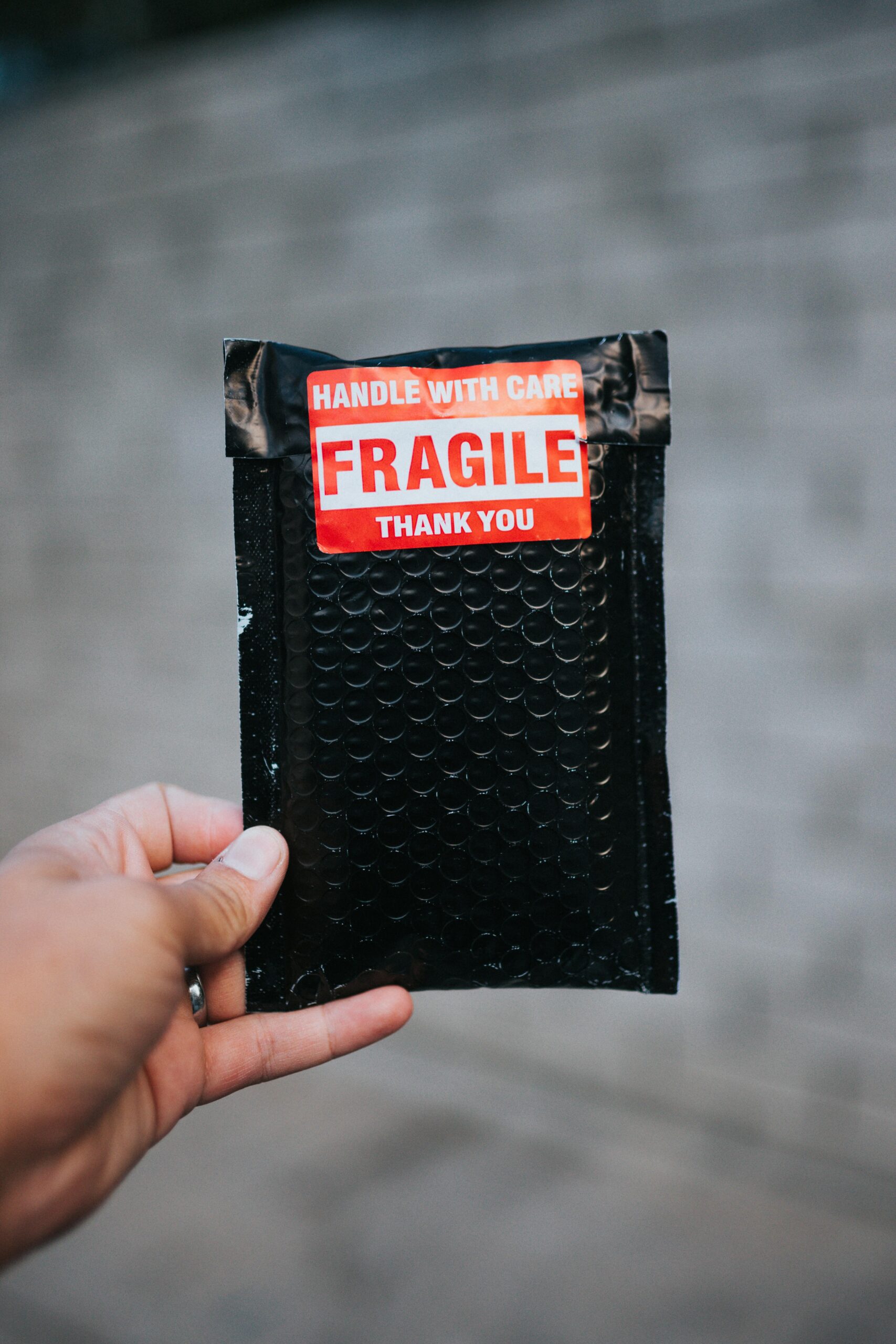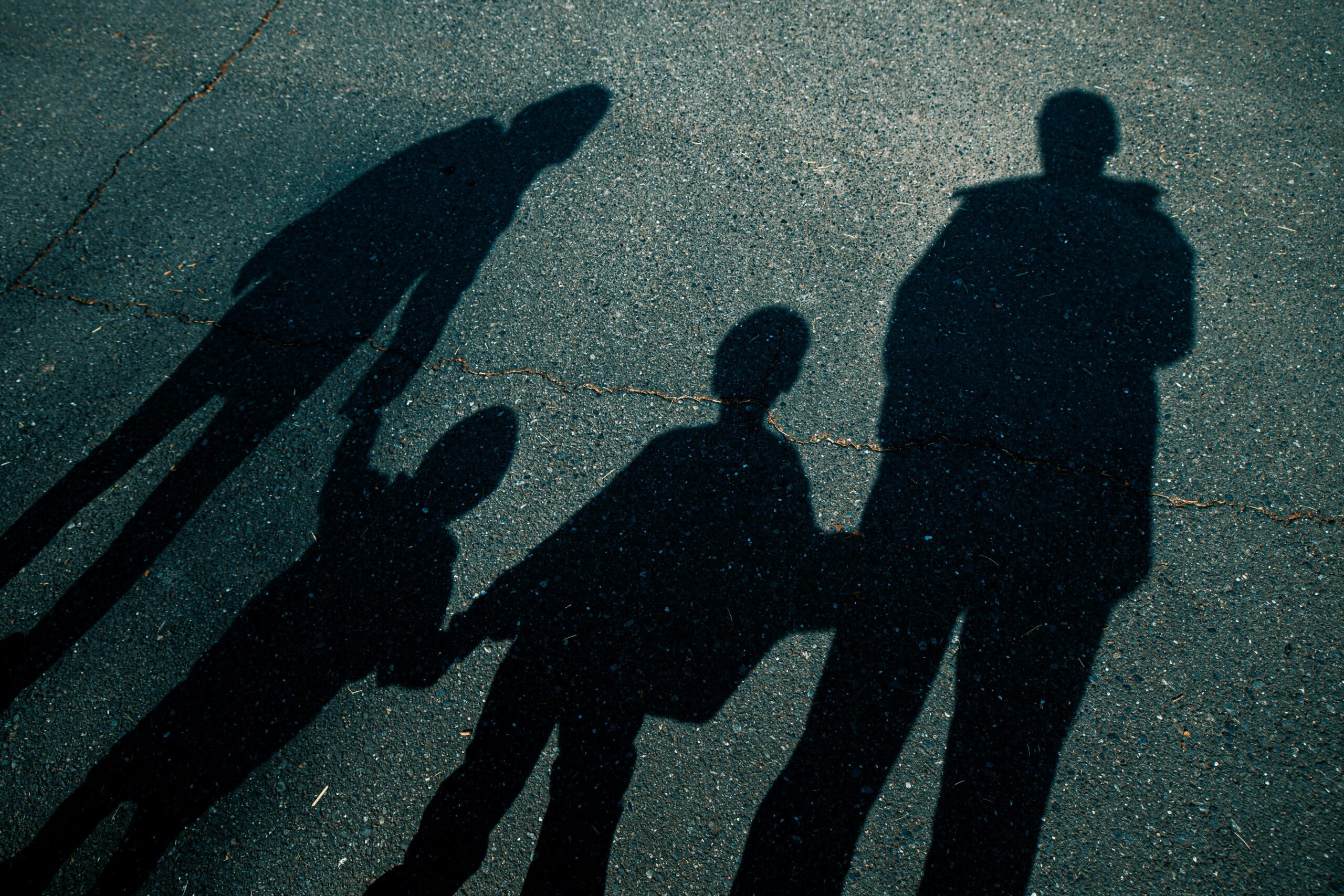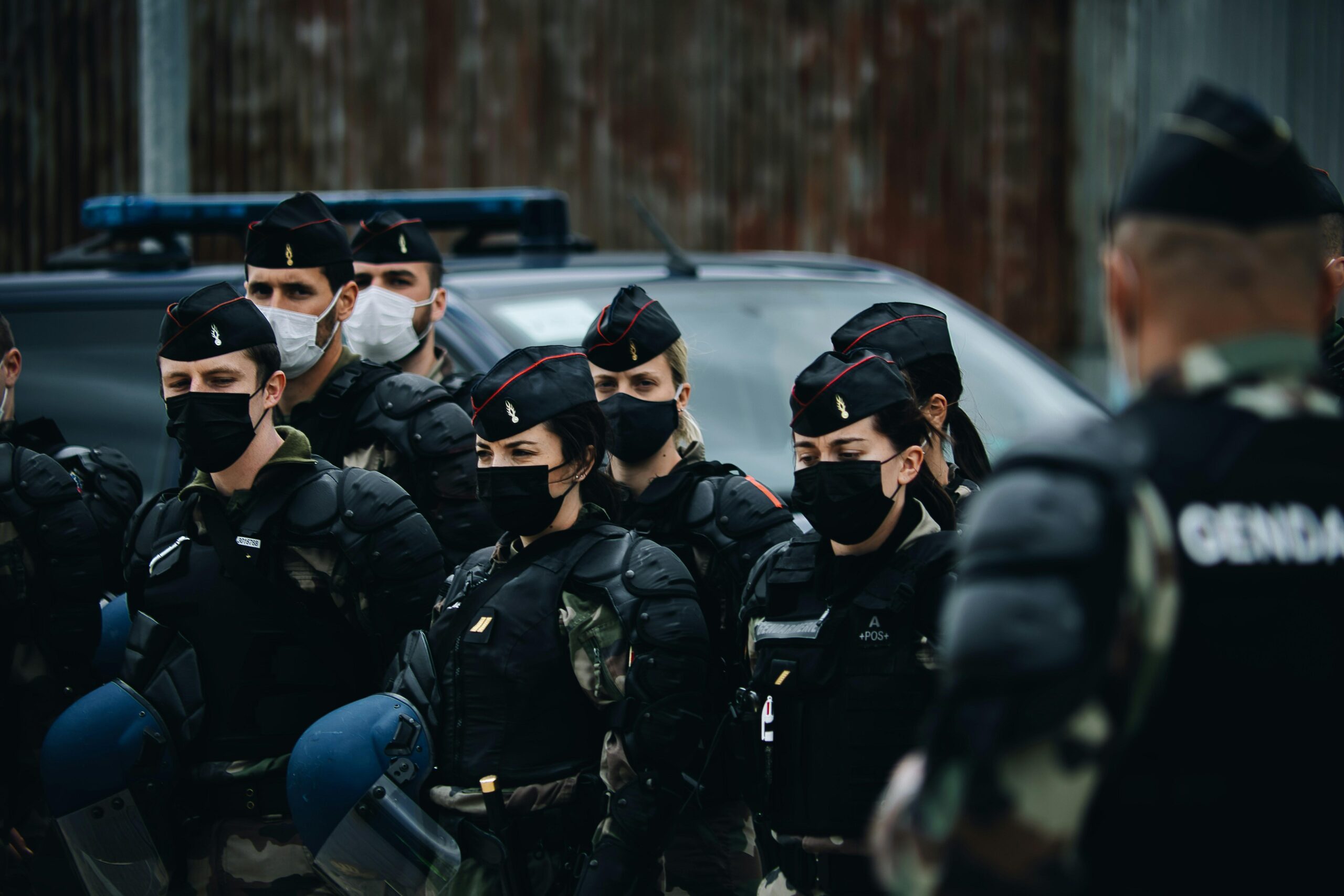When you think about a courtroom drama, the spotlight often shines on the heated arguments, the dramatic testimonies, or the judge’s final ruling. But behind every verdict lies a crucial, often overlooked process that can shape the fate of a trial long before opening statements begin: jury selection. This behind-the-scenes procedure isn’t just about picking names out of a hat—it’s a meticulous, strategic dance that sets the stage for justice itself. So, why does jury selection wield such power over every verdict? Let’s dive inside this fascinating part of the legal system and uncover how the people chosen to decide a case can influence the outcome in ways you might never have imagined.
Table of Contents
- Understanding the Hidden Dynamics of Jury Selection
- How Lawyers Decode Bias and Influence Who Sits on the Jury
- The Psychology Behind Jury Decisions Revealed
- Tips for Prospective Jurors to Navigate the Selection Process with Confidence
- The Conclusion
Understanding the Hidden Dynamics of Jury Selection
At first glance, jury selection might seem like a straightforward procedure — asking potential jurors a series of questions and choosing those who appear impartial. Yet beneath this surface lies a complex interplay of strategy, intuition, and psychology. Lawyers employ subtle tactics ranging from assessing body language to discerning personal biases, aiming to build a jury that sways the outcome in their favor. This phase is not just about who sits on the jury, but who doesn’t, often involving peremptory challenges that discard jurors without explanation, adding an element of mystery and calculated risk.
Understanding the factors that influence which jurors are selected reveals how verdicts can be shaped well before any arguments or evidence are presented. Key elements include:
- Demographics: Age, gender, occupation, and even cultural background can subtly impact perspectives.
- Personal Beliefs: Attitudes towards authority, crime, or the legal system may sway judgment.
- Communication Style: How potential jurors express themselves often informs their perceived openness or bias.
By mastering these hidden dynamics, attorneys aim to craft a narrative advantage through the very people entrusted to deliver justice.
How Lawyers Decode Bias and Influence Who Sits on the Jury
In the courtroom, lawyers are part detective, part strategist, meticulously unraveling layers of implicit and explicit biases that could tilt the scales of justice. They scrutinize potential jurors’ backgrounds, social media footprints, and even their reactions to the case’s subject matter. This process involves identifying subtle cues—maybe a juror’s hesitation, a choice of words, or a visible reaction—that hint at preconceived notions. By doing so, attorneys aim to *anticipate* how each individual might perceive evidence and testimony, effectively predicting how their biases might influence deliberations.
Key factors shape the final jury lineup, and lawyers rely on a rich toolkit to navigate this complex terrain, including:
- Voir dire questioning: Strategic inquiries designed to expose attitudes and values critical to the case.
- Behavioral observation: Noting body language and emotional responses during discussions.
- Psychological profiling: Assessing personality traits that align with favorable verdict outcomes.
- Data analytics: Leveraging demographic and past jury decision trends to shape selections.
Ultimately, the jury isn’t just a demographic snapshot—it’s a carefully curated microcosm where the interplay of bias and perspective can redefine justice itself.
The Psychology Behind Jury Decisions Revealed
When we think about jury decisions, it’s tempting to assume that logic and evidence are the sole forces at play. However, beneath every verdict lies a complex web of psychological influences that subtly guide jurors’ perceptions and judgments. Social conformity, personal biases, and emotional responses all intertwine, shaping how facts are interpreted and ultimately, how decisions are made. For instance, the infamous “groupthink” phenomenon often pushes jurors to align with the majority to preserve harmony, sometimes at the expense of individual rationality. Meanwhile, subconscious attitudes about race, gender, or socioeconomic status frequently color the evaluation of witnesses and defendants without any conscious awareness.
Delving deeper, several key psychological principles repeatedly emerge as pivotal in jury dynamics:
- Confirmation Bias: Jurors tend to favor information that confirms their initial impressions, solidifying early judgments even if contradictory evidence surfaces later.
- Anchoring Effect: The first pieces of information heard can disproportionately influence deliberations, anchoring opinions that may be difficult to change.
- Emotional Contagion: Emotions expressed by others in the room—be it fear, outrage, or empathy—can spread and sway collective attitudes.
These subconscious drivers reveal why jury selection is not just a procedural step but a critical strategy to ensure a fair and balanced trial.
Tips for Prospective Jurors to Navigate the Selection Process with Confidence
When you step into the jury selection room, the experience can feel surprisingly high-stakes. But confidence comes from understanding the process rather than guessing what’s expected. Remember, the goal is to be authentic—jurors aren’t hired actors but everyday people whose perspectives matter. To keep your footing, focus on clear communication during questioning, and don’t be afraid to ask for clarification if any legal terms or scenarios confuse you. Demonstrating attentiveness shows you’re engaged, which can subtly influence how attorneys perceive your suitability.
Navigating this selection isn’t just about the questions answered, but also about how you carry yourself throughout. Simple habits, like maintaining calm composure and dressing appropriately, can set a tone of respect and seriousness. Here are a few quick tips to keep in mind:
- Be honest: Authenticity helps avoid complications later in the trial.
- Listen actively: Attorneys look for jurors who process information thoughtfully.
- Stay neutral: Avoid strong biases or overt emotions during voir dire.
- Prepare mentally: Jury duty is a civic responsibility; approach it with openness.
Embracing these strategies not only boosts your confidence but equips you to play a crucial role in the pursuit of justice.
The Conclusion
As we’ve seen, jury selection is far more than just a formality—it’s the quiet force that shapes the entire trial from the outset. Every question asked, every hesitation observed, and every decision made in that room sends ripples that reach all the way to the final verdict. Next time you hear about a courtroom drama, remember: behind every verdict lies a carefully crafted mosaic of human stories, biases, and instincts, all weighed and measured before the trial even begins. It’s a fascinating reminder that justice isn’t just about facts and evidence—it’s also about the people we choose to hear them. Curious to learn more? Stay tuned as we uncover even deeper layers of how our legal system truly works.












